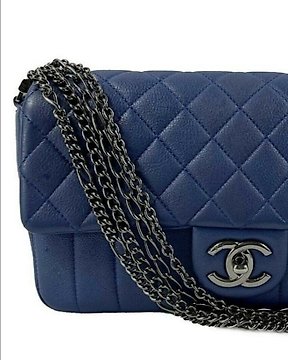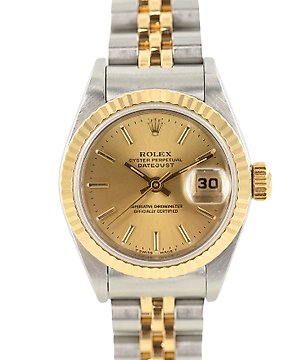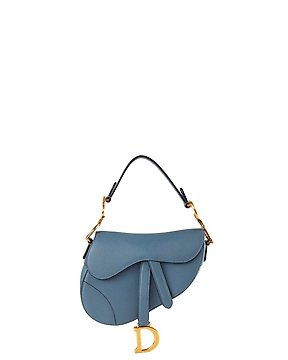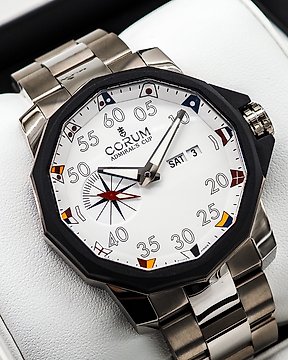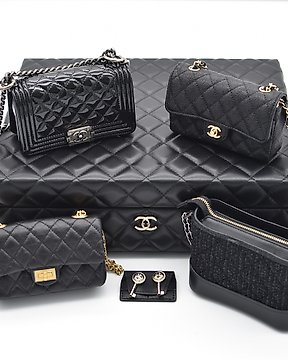Vendeur très professionnel, top +++×
Übersetzung ansehenAltägyptisch Granodiorit Kopf eines Würdenträgers. Neues Kaiserreich, 1550 - 1070 v. Chr. 11 cm Länge. Spanische
Nr. 85154539


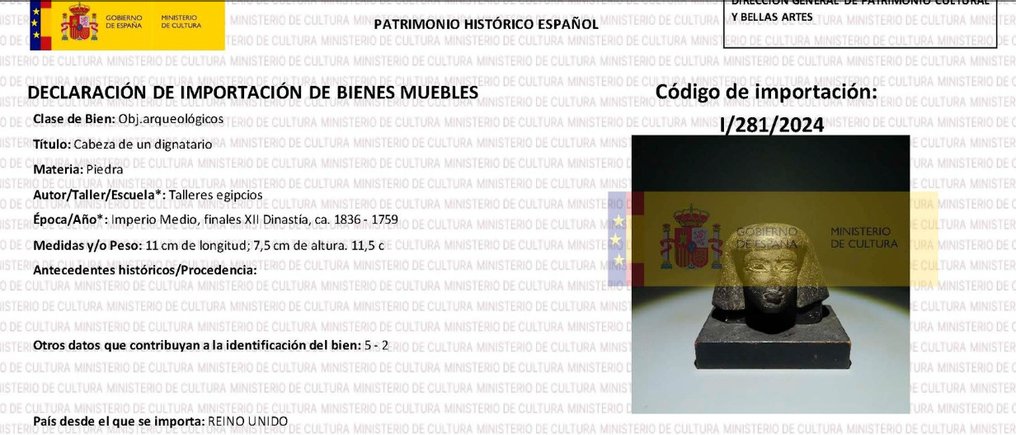


Head of a Dignitary.
Ancient Egypt, New Empire, 1550 - 1070 B.C.
Granodiorite.
11 cm length and 7.5 cm height.
Condition: Good condition. It has a notch on the nose.
Provenance:
- Private collection, Rober Kime, from the contents of his house in Warwick Square, London, United Kingdom. 1970 - 1980.
- Private collection, Barcelona, Spain.
Head of a sculpture representing an Egyptian dignitary, carved in a round shape. It can be deduced that it is the image of a high-ranking personage, probably a nobleman, given that, although it is a small size carving, it is made of a particularly expensive material such as granodiorite, a rock characterized by its hardness and, therefore, Therefore, much more difficult to work than limestone, more affordable and also more abundant in Egypt. In the history of Egyptian art, there are great masterpieces carved in limestone and other less rare and expensive stones, such as sandstone, but the hard rocks allowed for much finer polishing, precisely because of their greater density.
The face, with idealized features, shows a triangular profile with a soft chin and rounded jaws. The eyes stand out for their size and the way they are worked, with the silhouette of the profile in kohl worked in relief, as well as the fine eyebrows, straight and gently inclined towards the temples. Now lost, the nose would be triangular, narrow at the top and noticeably wider towards the base. The mouth is carved in great relief, with well-defined full lips and gently recessed corners. The character wears a wig that hides his ears; Flared in shape, wide and short, it appears covered by a simple textile headdress. A similar type of headdress, although open at the front to show the braids of the wig and the earlobes, is represented in great detail on an officer's head found in Thebes (fig. 1).
It is a funerary-type sculpture, made for the tomb of the person it represents, and it would probably be of the seated type common in the New Kingdom, with the figure on a throne that houses hieroglyphic inscriptions (fig. 2).
For the ancient Egyptians, everything represented, whether through round sculptures or parietal reliefs, came to life. That is why everyone who could afford it included representations of themselves in their tomb - in accordance with the ideal and non-portrait style typical of the language of ancient Egypt - whether they were images on the walls or sculptures. These images perpetuated his physical integrity and identity so that, even if his body disappeared, the deceased would continue living in the Afterlife. The free spaces on the surfaces of the sculptures, such as the thrones, dorsal pillars and bases, were used to engrave inscriptions where the name of the deceased and owner of the tomb was mentioned, as well as their titles, along with a series of magical funeral formulas. and offering formulas. The latter were necessary to be able to continue receiving food offerings throughout eternity. These sculptures of the deceased also served as temporary accommodation for his spirit in case of need.
BIBLIOGRAPHY:
- FREED, R. Egypt's Golden Age: The Art of Living in the New Kingdom. 1558-1085 B.C. Boston Museum of Fine Arts. 1982.
- GRAJETZKI, W. Burial Customs in Ancient Egypt: Life and Death for the Rich and Poor. Bristol Classical Press. 2003.
- HAYES, W.C. The Scepter of Egypt II: The Hyksos Period and the New Kingdom (1675-1080 B.C.). The Metropolitan Museum of Art. 1978.
Notes:
- The piece includes authenticity certificate.
- The piece includes Spanish Export License (Passport for European Union) - If the piece is destined outside the European Union a substitution of the export permit should be requested, can take between 1-2 weeks maximum.
- The seller guarantees that he acquired this piece according to all national and international laws related to the ownership of cultural property. Provenance statement seen by Catawiki.
Der Verkäufer stellt sich vor
Head of a Dignitary.
Ancient Egypt, New Empire, 1550 - 1070 B.C.
Granodiorite.
11 cm length and 7.5 cm height.
Condition: Good condition. It has a notch on the nose.
Provenance:
- Private collection, Rober Kime, from the contents of his house in Warwick Square, London, United Kingdom. 1970 - 1980.
- Private collection, Barcelona, Spain.
Head of a sculpture representing an Egyptian dignitary, carved in a round shape. It can be deduced that it is the image of a high-ranking personage, probably a nobleman, given that, although it is a small size carving, it is made of a particularly expensive material such as granodiorite, a rock characterized by its hardness and, therefore, Therefore, much more difficult to work than limestone, more affordable and also more abundant in Egypt. In the history of Egyptian art, there are great masterpieces carved in limestone and other less rare and expensive stones, such as sandstone, but the hard rocks allowed for much finer polishing, precisely because of their greater density.
The face, with idealized features, shows a triangular profile with a soft chin and rounded jaws. The eyes stand out for their size and the way they are worked, with the silhouette of the profile in kohl worked in relief, as well as the fine eyebrows, straight and gently inclined towards the temples. Now lost, the nose would be triangular, narrow at the top and noticeably wider towards the base. The mouth is carved in great relief, with well-defined full lips and gently recessed corners. The character wears a wig that hides his ears; Flared in shape, wide and short, it appears covered by a simple textile headdress. A similar type of headdress, although open at the front to show the braids of the wig and the earlobes, is represented in great detail on an officer's head found in Thebes (fig. 1).
It is a funerary-type sculpture, made for the tomb of the person it represents, and it would probably be of the seated type common in the New Kingdom, with the figure on a throne that houses hieroglyphic inscriptions (fig. 2).
For the ancient Egyptians, everything represented, whether through round sculptures or parietal reliefs, came to life. That is why everyone who could afford it included representations of themselves in their tomb - in accordance with the ideal and non-portrait style typical of the language of ancient Egypt - whether they were images on the walls or sculptures. These images perpetuated his physical integrity and identity so that, even if his body disappeared, the deceased would continue living in the Afterlife. The free spaces on the surfaces of the sculptures, such as the thrones, dorsal pillars and bases, were used to engrave inscriptions where the name of the deceased and owner of the tomb was mentioned, as well as their titles, along with a series of magical funeral formulas. and offering formulas. The latter were necessary to be able to continue receiving food offerings throughout eternity. These sculptures of the deceased also served as temporary accommodation for his spirit in case of need.
BIBLIOGRAPHY:
- FREED, R. Egypt's Golden Age: The Art of Living in the New Kingdom. 1558-1085 B.C. Boston Museum of Fine Arts. 1982.
- GRAJETZKI, W. Burial Customs in Ancient Egypt: Life and Death for the Rich and Poor. Bristol Classical Press. 2003.
- HAYES, W.C. The Scepter of Egypt II: The Hyksos Period and the New Kingdom (1675-1080 B.C.). The Metropolitan Museum of Art. 1978.
Notes:
- The piece includes authenticity certificate.
- The piece includes Spanish Export License (Passport for European Union) - If the piece is destined outside the European Union a substitution of the export permit should be requested, can take between 1-2 weeks maximum.
- The seller guarantees that he acquired this piece according to all national and international laws related to the ownership of cultural property. Provenance statement seen by Catawiki.
Der Verkäufer stellt sich vor
- 750
- 6
- 0
Photos trop contrastées pour bien percevoir les défauts, mais ces défauts étaient visibles pour autant. Le "Bon état" est trompeur. Sinon, envoi rapide et correctement emballé. Frais de port exagérés.
Übersetzung ansehenGreat communication, delivery and product. Came with a well made certificate of authenticity and good packaging. Overall very happy with the purchase! Delivery is a bit expensive, but I recommend it
Übersetzung ansehenMagnifique témoin du passé, envoyé avec tous les justificatifs, impeccable. Encore une fois très satisfait, un grand merci
Übersetzung ansehenThank you for the Special offer and the fast shipping of this excellent piece of art!
Übersetzung ansehenvery good description of the object, very good price for this rare item,. Fast sending (has been at my place 2 days after buying!). Definitely would buy again.
Übersetzung ansehenSehr schön
Übersetzung ansehenAs described, perfect logistic
Übersetzung ansehengreat seller, everything came as should with certificate of authenticity
Übersetzung ansehenExceptionally well packaged, description aligned with positing received
Übersetzung ansehenReally precious, but without sound...
Übersetzung ansehenPainting well packed and rapidly sent!
Übersetzung ansehensempre grande rapidità e professionalità
Übersetzung ansehenparfait bien reçu, merci
Übersetzung ansehenVery satisfied with the small Greek Lekythos. As always (we have already bought several items from Bagot), the object was wrapped and sent immediately and with the greatest care.
Übersetzung ansehenPerfect, excellent condition, good packaging, the parcel arrived without any problems… all is perfect as usual. Thank you very much and wait for an other nice piece like this one. Gilles.
Übersetzung ansehen+++ Top vendeur professionnel comme d'habitude
Übersetzung ansehenEmbora o custo de transporte esteja acima da média foi, realmente, muito bem executado e em embalagem cuidada. Expeditos e profissionais. Recomendo
Übersetzung ansehenSnel en correct en goed verpakt verzonden
Übersetzung ansehenoggetto bellissimo, fedele alla descrizione, venditore affidabile
Übersetzung ansehenVery nice piece and fast delivery
Übersetzung ansehenEverything ok, top seller! Thank you again!
Übersetzung ansehenvery beautiful and fast shipping!thank you!
Übersetzung ansehenExcelent, very good piece++++
Übersetzung ansehenVendedor increíble muy buenos he comprado muchas veces todo perfecto. Muchas gracias
Übersetzung ansehen- 750
- 6
- 0
Vendeur très professionnel, top +++×
Übersetzung ansehenDisclaimer
Der Verkäufer garantiert und kann belegen, dass das Objekt legal erworben wurde. Der Verkäufer wurde von Catawiki darüber informiert, dass er die Unterlagen, die gemäß den Gesetzen und Vorschriften seines Landes erforderlich sind, zur Verfügung stellen muss. Der Verkäufer garantiert, dass er berechtigt ist, das Objekt zu verkaufen/auszuführen. Der Verkäufer wird dem Käufer alle Informationen, die zur Provenienz des Objekts vorliegen, zur Verfügung stellen. Der Verkäufer versichert, dass alle erforderlichen Genehmigungen eingeholt wurden/werden. Der Verkäufer wird den Käufer unverzüglich über etwaige Verzögerungen bei der Einholung dieser Genehmigungen informieren.
Der Verkäufer garantiert und kann belegen, dass das Objekt legal erworben wurde. Der Verkäufer wurde von Catawiki darüber informiert, dass er die Unterlagen, die gemäß den Gesetzen und Vorschriften seines Landes erforderlich sind, zur Verfügung stellen muss. Der Verkäufer garantiert, dass er berechtigt ist, das Objekt zu verkaufen/auszuführen. Der Verkäufer wird dem Käufer alle Informationen, die zur Provenienz des Objekts vorliegen, zur Verfügung stellen. Der Verkäufer versichert, dass alle erforderlichen Genehmigungen eingeholt wurden/werden. Der Verkäufer wird den Käufer unverzüglich über etwaige Verzögerungen bei der Einholung dieser Genehmigungen informieren.

